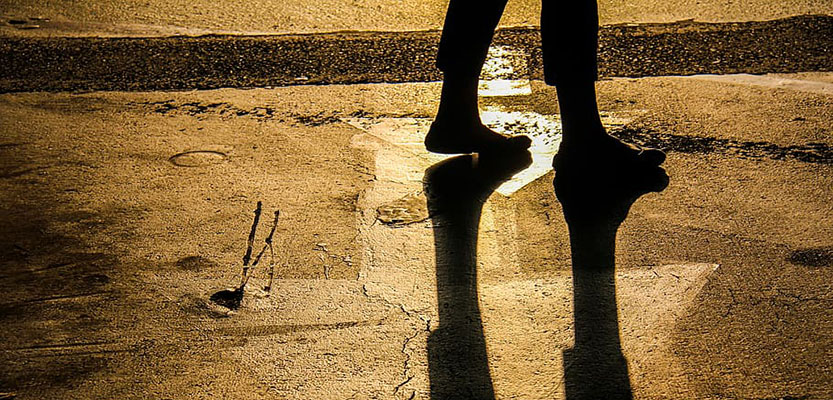Who would true valiant be ‘gainst all disaster,
Let him in constancy follow the Master
There’s no discouragement shall make him once relent
His first avowed intent to be a pilgrim
Who so beset him round with dismal stories
Do but themselves confound – his strength the more is.
No foes shall stay his might, though he with giants fight:
He will make good his right be a pilgrim.
Since, Lord, thou dost defend us with thy Spirit,
We know we at the end shall life inherit.
Then fancies flee away! I’ll fear not what men say.
I’ll labour night and day to be a pilgrim.
Percy Dearmer (1867-1936) after John Bunyan (1628-1688)
Have you been on a pilgrimage? Would you ever think of yourself as a pilgrim?
A pilgrim could be a traveller, a holy person, a tourist, or a person with faith or no faith. A pilgrimage could be a state of mind, an obligation or a departure from daily life, making a journey and arriving at a destination that usually has some religious significance.
My interest in holy places, people and pilgrimages holds a special place in my life and comes from a variety of experiences. I have, over the years, visited many sacred and holy places and have found that each one has something unique to offer.
These visits have often been spurred on by my curiosity or because others have recounted their own visits; other times they have arisen out of an interest in the history of people associated with places or sometimes simply to have a “good day out.” However, often the driving force behind many journeys has been something which manifests itself as a spiritual need and then my journeys become pilgrimages.
These factors alone do not fully explain why I have made a spiritual connection with some places. A few years ago Tom and I planned a pilgrimage along St Cuthbert’s Way, following the steps of St Cuthbert, one of the great Anglo Saxon saints. I have to confess that our pilgrimage was for softies because we didn’t walk the 62 miles – those days have gone but over 4 days we drove to key places on the route of the pilgrimage trail. Our pilgrimage started at Melrose in Scotland where St Cuthbert committed himself to the monastic life and ended in Lindisfarne, Northumberland where he died. The stillness and solitude at each stopping point awakened in us a spiritual connection and a feeling that we were treading not only in the shoes of a saint but also in the footsteps of Christ.
I now consider myself lucky to live only a short distance from Lincoln Cathedral and also to be a guide within the Cathedral. One of the moving and spine-tingling parts of Lincoln Cathedral is in The Angel Choir at the base of St Hugh’s Head Shrine. Here, there is a deep indentation in the medieval stone floor where, over a period of 300 years, hundreds of thousands of medieval pilgrims knelt in prayer and penitence. On a daily basis, 21st-century visitors pass through Lincoln Cathedral for different reasons; they may or may not have come on a personal, spiritual journey but what is evident is that they leave having taken something from the experience which is unique to them.
So, back to my first questions;
Have you been on a pilgrimage?
Would you ever consider yourself to be a pilgrim?
Do you recognise yourself in the words of the hymn “To be a Pilgrim”?
If so, perhaps you can appreciate that we are all pilgrims as we journey through life!
May God bless you.
Anne Hunter




